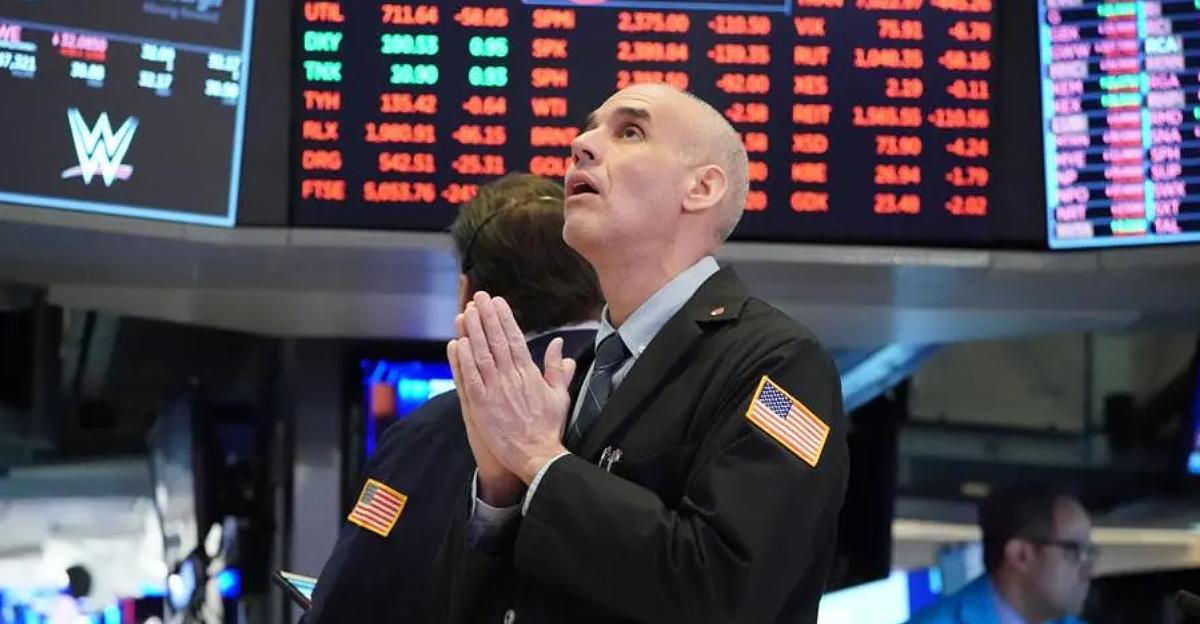
Economic turmoil rarely arrives unannounced; instead, it murmurs through subtle signals that only the keenest observers detect. One such signal, quietly tracked since 1980, flipped red in July 2025. This indicator monitors Americans’ job expectations, specifically the percentage anticipating fewer jobs shortly. When pessimism exceeds 30%, history shows a recession almost invariably follows, boasting a perfect record over four-and-a-half decades.
Unlike more volatile metrics like stock indices or GDP reports, this gauge captures the collective emotional pulse driving real-world behaviors, such as how people plan spending and businesses approach hiring. The indicator’s renewed warning signals an incoming ripple across the economy, suggesting a slowdown may be imminent. But before the alarm spreads, it’s crucial to understand why this job expectation metric commands Wall Street’s trust and what calm, measured responses it invites from investors, policymakers, and everyday Americans alike.
Why Job Expectations Are America’s Economic Canary
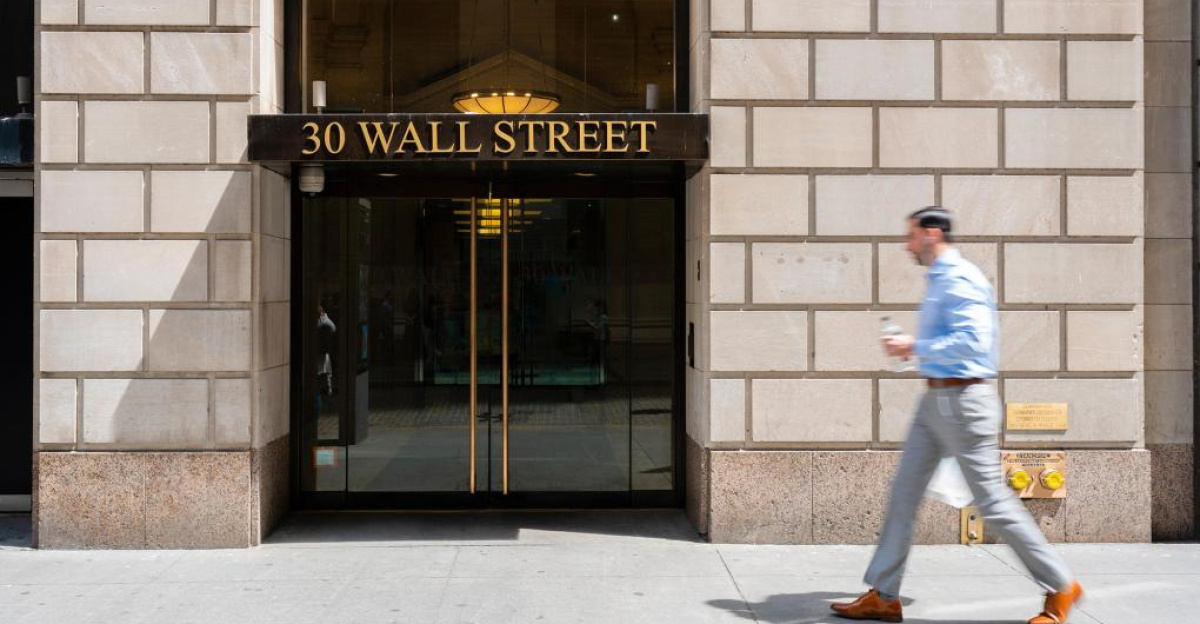
Imagine millions waking each day unsure if their jobs will remain secure. This widespread unease forms the foundation of the recession gauge that tracks Americans’ expectations about future employment levels. When over 30% expect fewer jobs, as has just been recorded, it has historically coincided with every U.S. recession since 1980. This signal goes beyond headline unemployment rates, which can mask underlying fears and emerging trends.
It reflects the psychology influencing spending decisions, investment confidence, and hiring plans. Even with official unemployment near 4.1%, the rising worry about job losses saps consumer confidence. The shift from numerical data to lived experience reveals how deep-seated fear can slow economic activity, hitting family budgets, local economies, and national growth. Wall Street watches this gauge because it anticipates turning points invisible in surface-level statistics.
Lessons Etched in Time: Job Pessimism’s Rocky History
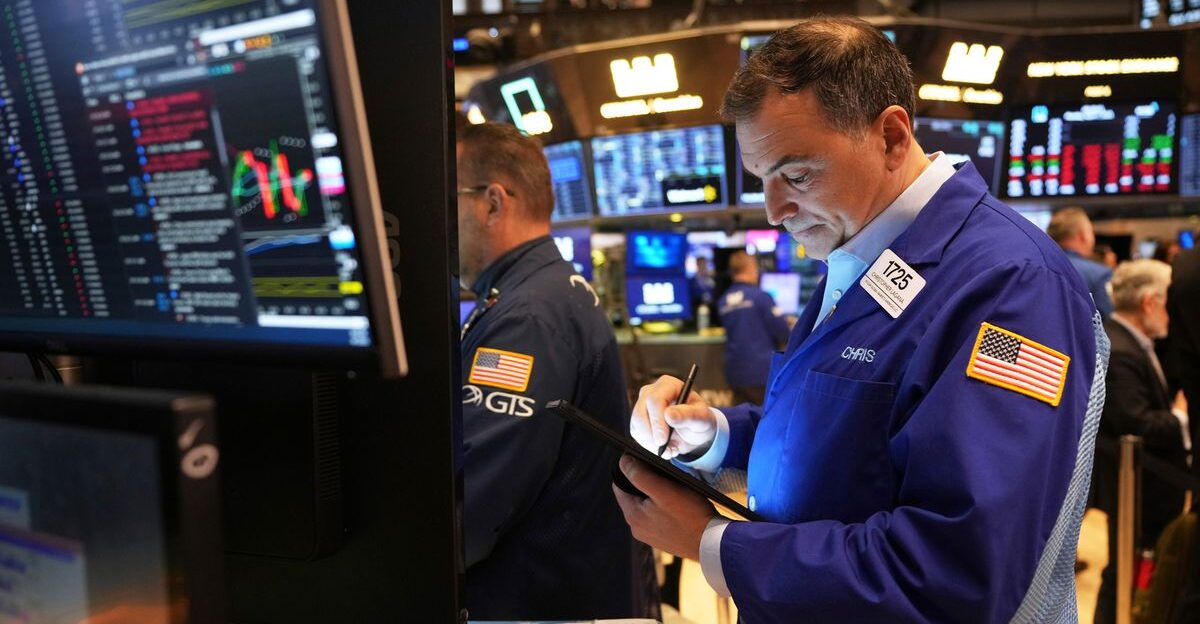
Four decades of economic cycles reveal a compelling pattern: spikes in job loss expectations consistently precede recessions. The 1980, 1990, 2001, and the seismic 2008 crash recessions followed this threshold crossing. This correlation isn’t a coincidence; it taps into the collective loss of economic optimism before recessions materialize. Importantly, this gauge doesn’t diagnose causes like market crashes or policy errors but highlights the psychological shift in public expectations, shifting from hope to fear.
When people expect fewer jobs, businesses react by slowing hiring and investment, and consumers tighten spending, setting off a cascade. Understanding this pattern allows for a more straightforward, less noisy interpretation of current economic signals. It dissects transient fear from structural shifts, helping Wall Street and policymakers calibrate their actions more precisely.
Unearthing Growing Pressure: Why Now?
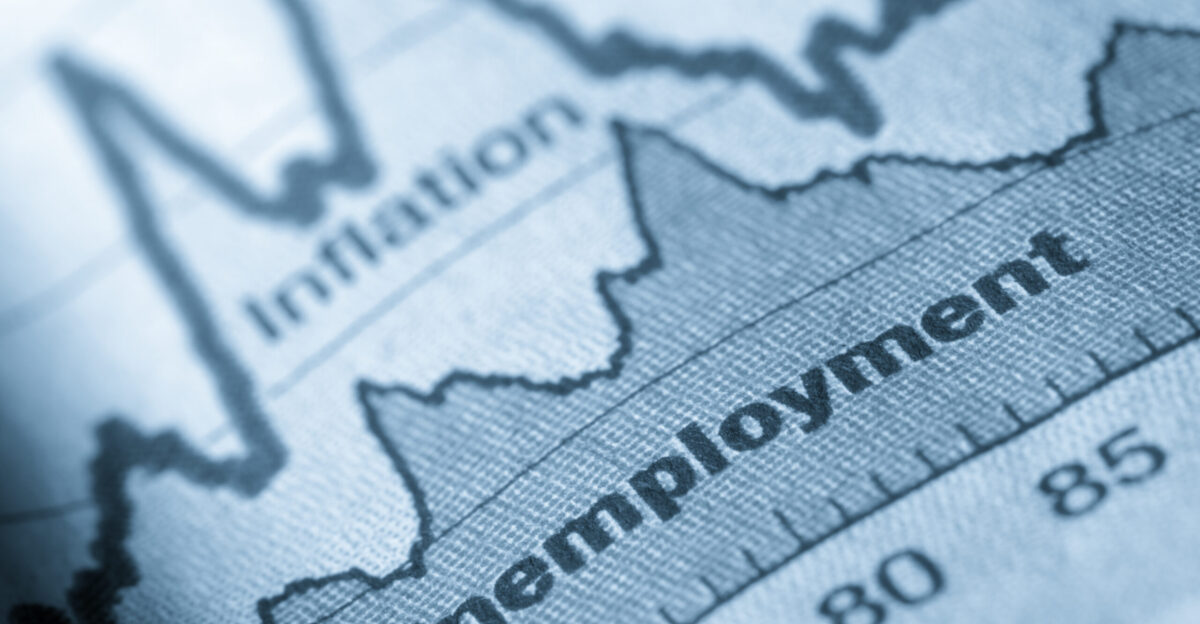
What drives this signal’s sudden red flare in 2025 despite a relatively modest unemployment figure? Several factors conspire to deepen unease. While 4.1% unemployment looks stable, it masks upcoming cuts and hiring slowdowns. The Conference Board’s Leading Economic Index signals contraction, while inflation pressures, global uncertainties, and monetary policy tighten the screws on growth. Consumers grow cautious, even fearful, rewiring spending habits before actual job losses hit.
Businesses sense it too, recalibrating investments and workforce plans to brace for a slowdown. This economic tension is less of a thunderclap and more of a gradual tightening of the belt, which is emotionally felt as anxiety in households and boardrooms alike. These accumulating stresses fuel a ripple effect that transcends numbers, impacting families, services, and communities nationwide.
Wall Street’s Most Trusted Gauge Sounds the Alarm
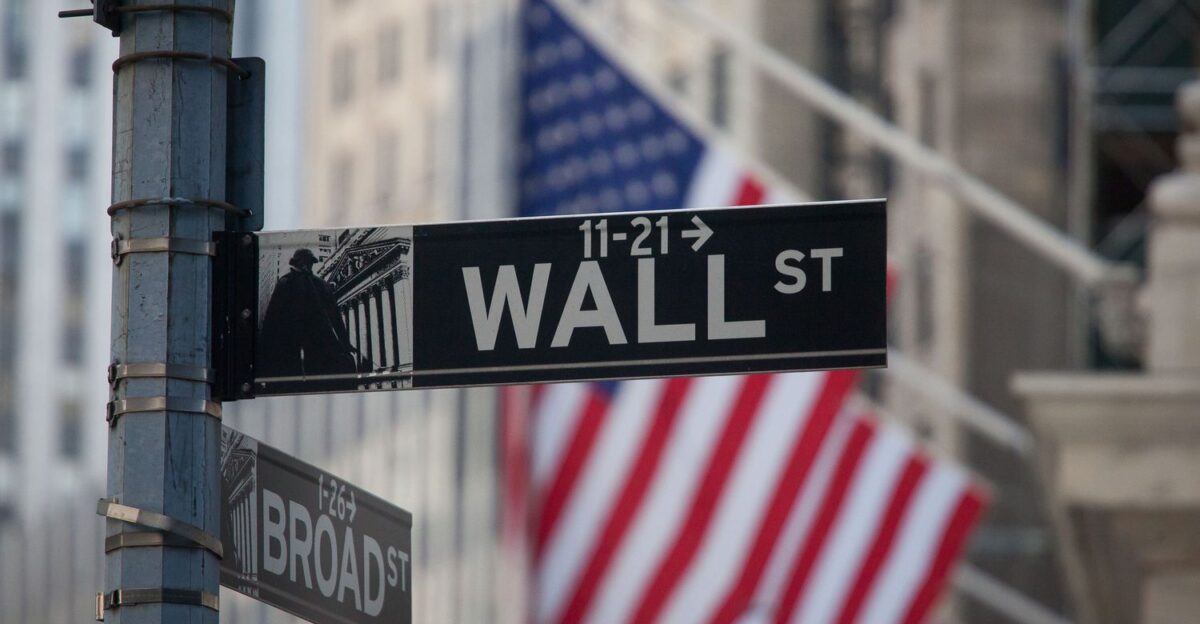
In July 2025, the critical threshold was breached again: over 30% of Americans expect fewer jobs ahead. This marks the sixth time in forty-five years this alarm has sounded, each time followed by recession. Wall Street respects this gauge for its impeccable predictive record. But this isn’t a call to panic. Instead, it is a measured warning sign, guiding investment strategies and policy decisions with historical context.
The Conference Board emphasizes it signals severe slowdowns but not inevitable collapse. Investors recalibrate risk models, businesses rethink expansion, and consumers reconsider spending. This metric transforms abstract economic worries into actionable insight, marking a pivotal moment to watch closely while resisting hysteria. The red flag captures a tipping point in national sentiment with profound consequences for markets and daily life.
How Local Economies Are Absorbing the Shock
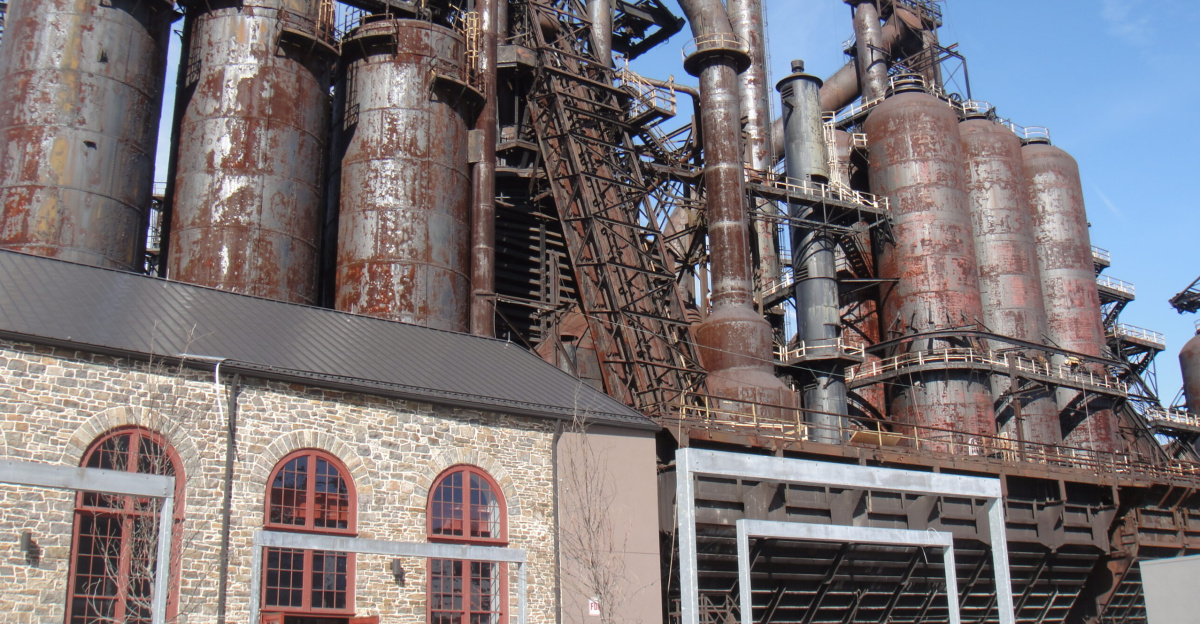
The recession gauge’s warning doesn’t float in an economic vacuum; it translates differently across America’s diverse regions. Manufacturing-heavy Rust Belt cities are already feeling the sting, with hiring freezes and consumer pullbacks more evident. Coastal technology hubs, despite their resilience, face slowed venture funding and cautious hiring. The Sun Belt’s housing markets reflect hesitant buyers.
Local businesses in these regions sense shifting winds early, as decreased job optimism translates into reduced spending and investment. The ripple cascades from corporate projections to family decisions, shaping school enrollments, property markets, and municipal revenues. Analyzing regional disparities makes it clear that this gauge signals more than Wall Street risk: it hints at real, localized hardship and adaptation challenges that communities must confront.
Voices from the Front Lines: Franchise Owners Share Their Struggles
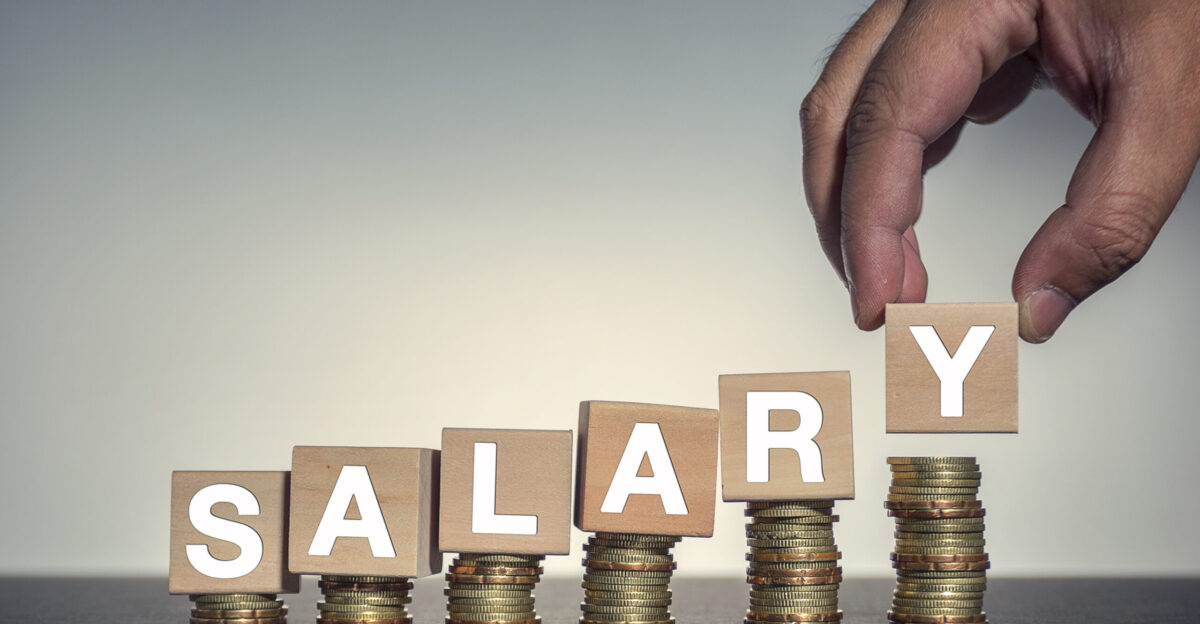
Behind the statistics are the lived realities of small business owners and franchisees, many sharing firsthand experiences across Reddit and TikTok communities. These entrepreneurs report their margins squeezed as customers grow cautious, changing everything from dining habits to service usage. Hiring becomes tougher amid rising wage demands and uncertain demand forecasts.
Several franchisees describe delaying expansions or reducing hours, mirroring the cautious optimism of the broader slowdown. Social media captures these early signals vividly, forums buzz with stories of challenges, balancing costs, and consumer behavior shifts. These ground-level narratives humanize the recession warning and serve as early indicators of economic stress rippling through Main Streets, underscoring how deeply the gauge’s signal penetrates everyday business life.
Competition Heats Up Amid Economic Fears
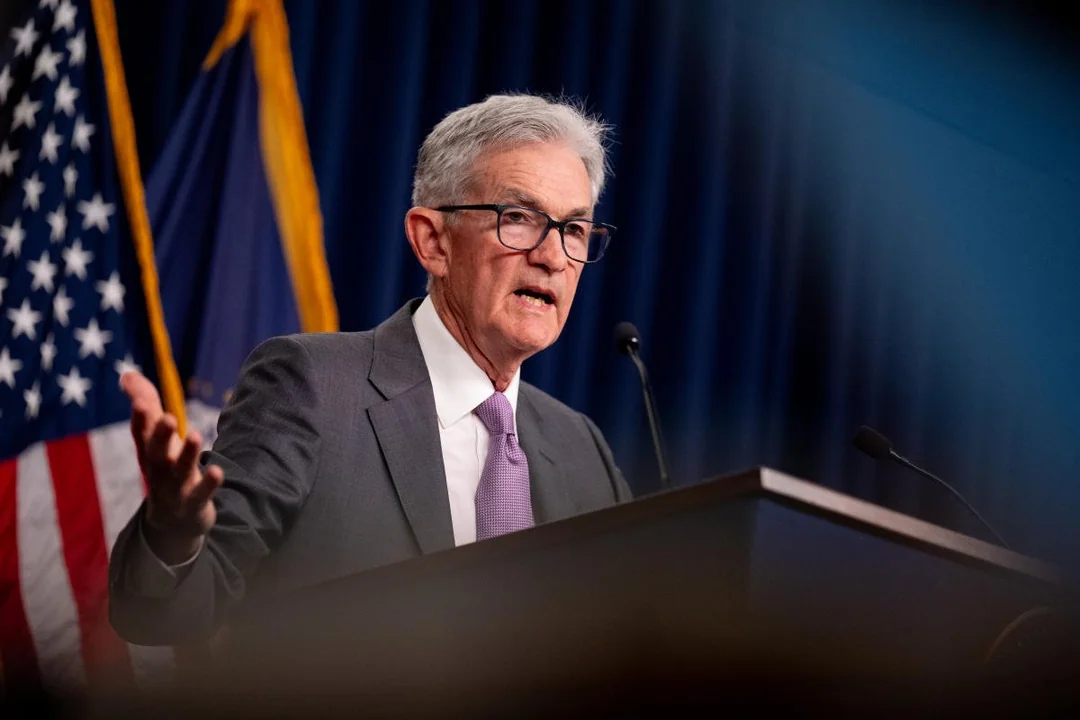
Rising recession risk sharpens competitive pressure across industries. Retailers pivot more aggressively to e-commerce; manufacturers automate to manage costs; tech companies wrestle with shifting demand patterns. In this environment, businesses must innovate quickly, trim expenses, or strategically pivot to survive. Startups find niches in digital subscriptions or essential services while incumbents consolidate or downsize.
This battle for survival reshapes entire sectors, influencing investor appetites and workforce structures. The job expectations gauge isn’t just a signal of a downturn; it triggers strategic reorientation, accelerating trends like automation and digital transformation. The competitive landscape morphs as companies prepare for reduced demand and hunt for opportunities, revealing how one economic metric casts a broad organizational influence.
Changing Consumer Habits Amplify the Slowdown

At its core, the recession gauge reflects a more profound cultural shift: Americans’ altered spending habits in uncertain times. Even with stable employment, rising job fears prompt consumers to delay major purchases, prioritize essentials, and hunt bargains. This cautious mindset dampens retail sales, housing demand, and travel plans.
Social media conversations on TikTok and Reddit spotlight evolving consumer behavior, budgeting tips, frugal living hacks, and “recession-proof” lifestyle discussions are trending. These behavioral changes create a feedback loop: reduced spending forces businesses to curtail hiring and investment, reinforcing consumer anxieties. This dynamic underscores the recession risk as financial, psychological, and cultural factors shape how Americans live and consume daily.
Navigating Economic Ripples with Clarity
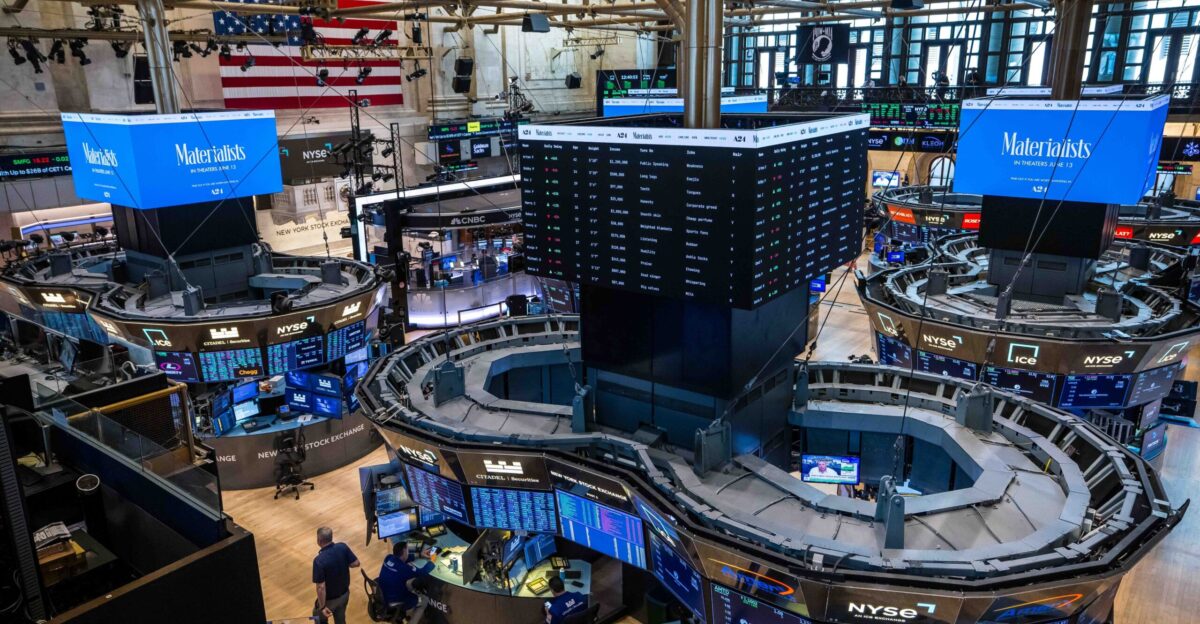
With Wall Street’s most trusted recession gauge now red, the imperative is preparation grounded in insight, not fear. Past signals confirm the gauge’s accuracy, but timing and severity can differ. Policymakers, investors, and consumers must balance vigilance with calm, recognizing recessions as phases of economic evolution, not terminal crises.
This gauge offers a chance to reassess, diversify portfolios, adjust spending, and rethink strategies. Above all, it reminds us that economic cycles embody complexity and human behavior. Monitoring this signal encourages clarity amid noise, helping society respond thoughtfully rather than react impulsively. As ripple effects unfold across markets and households, wisdom lies in steady, informed action turning a singular red flag into a tool for resilience and adaptation.
